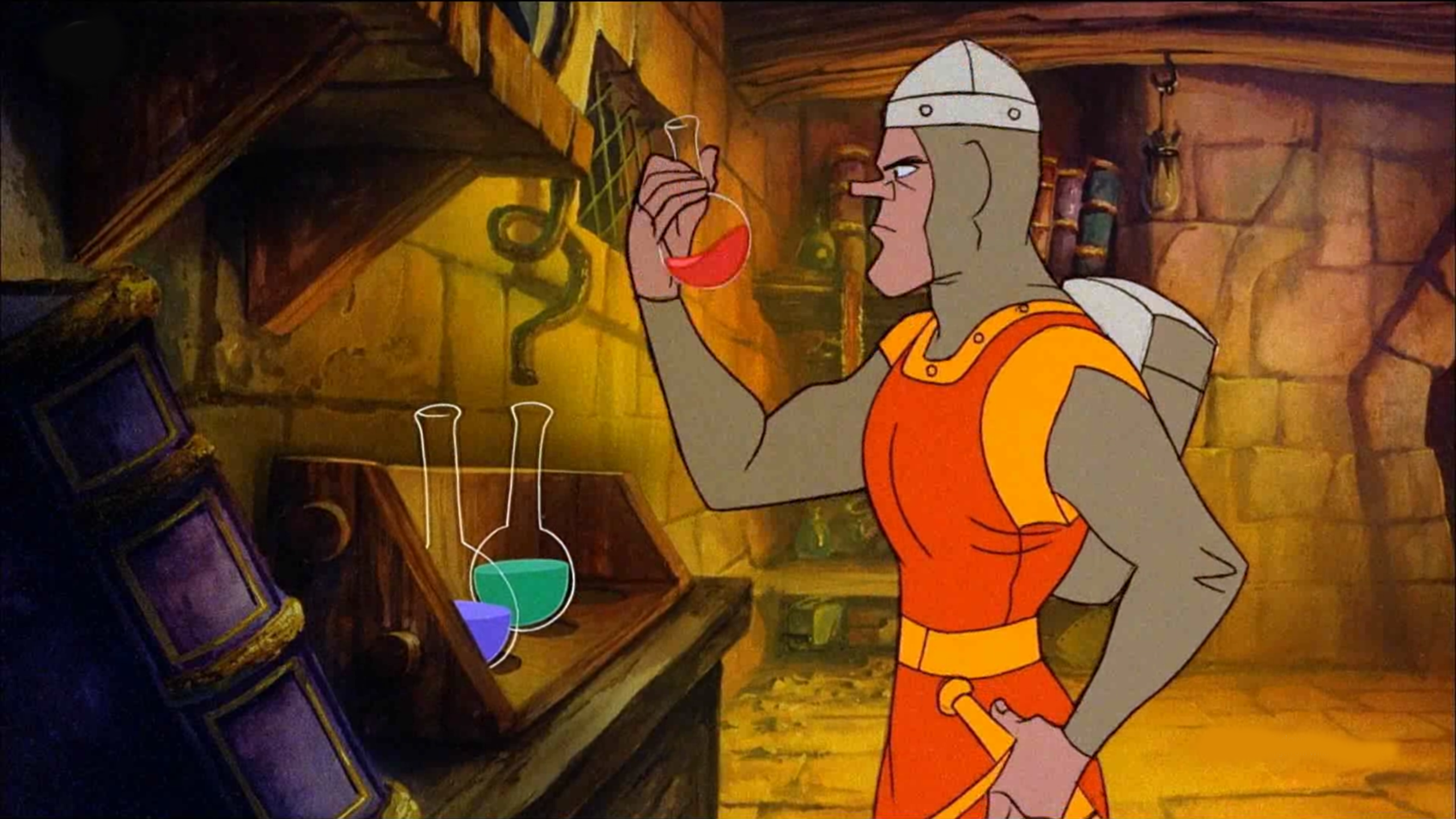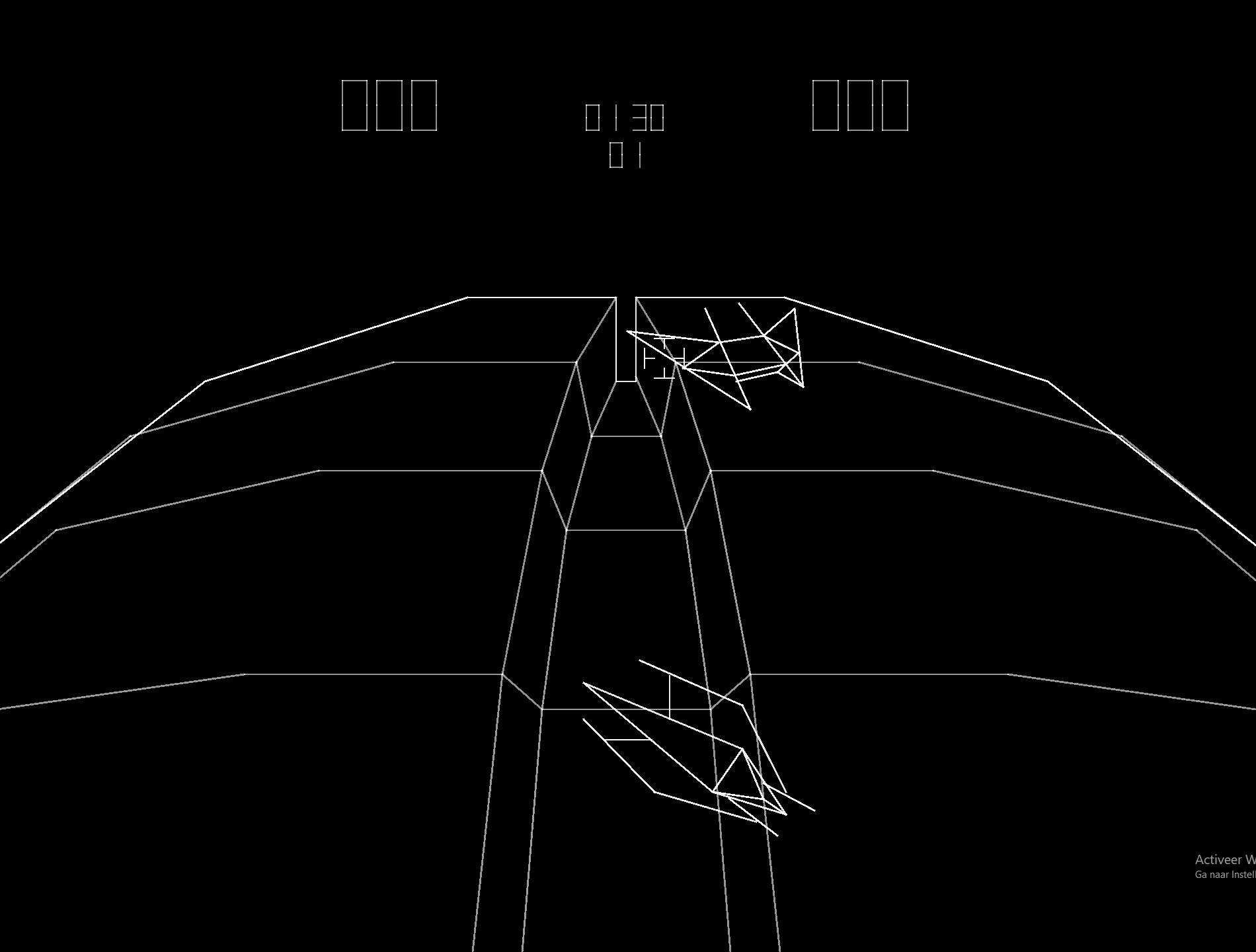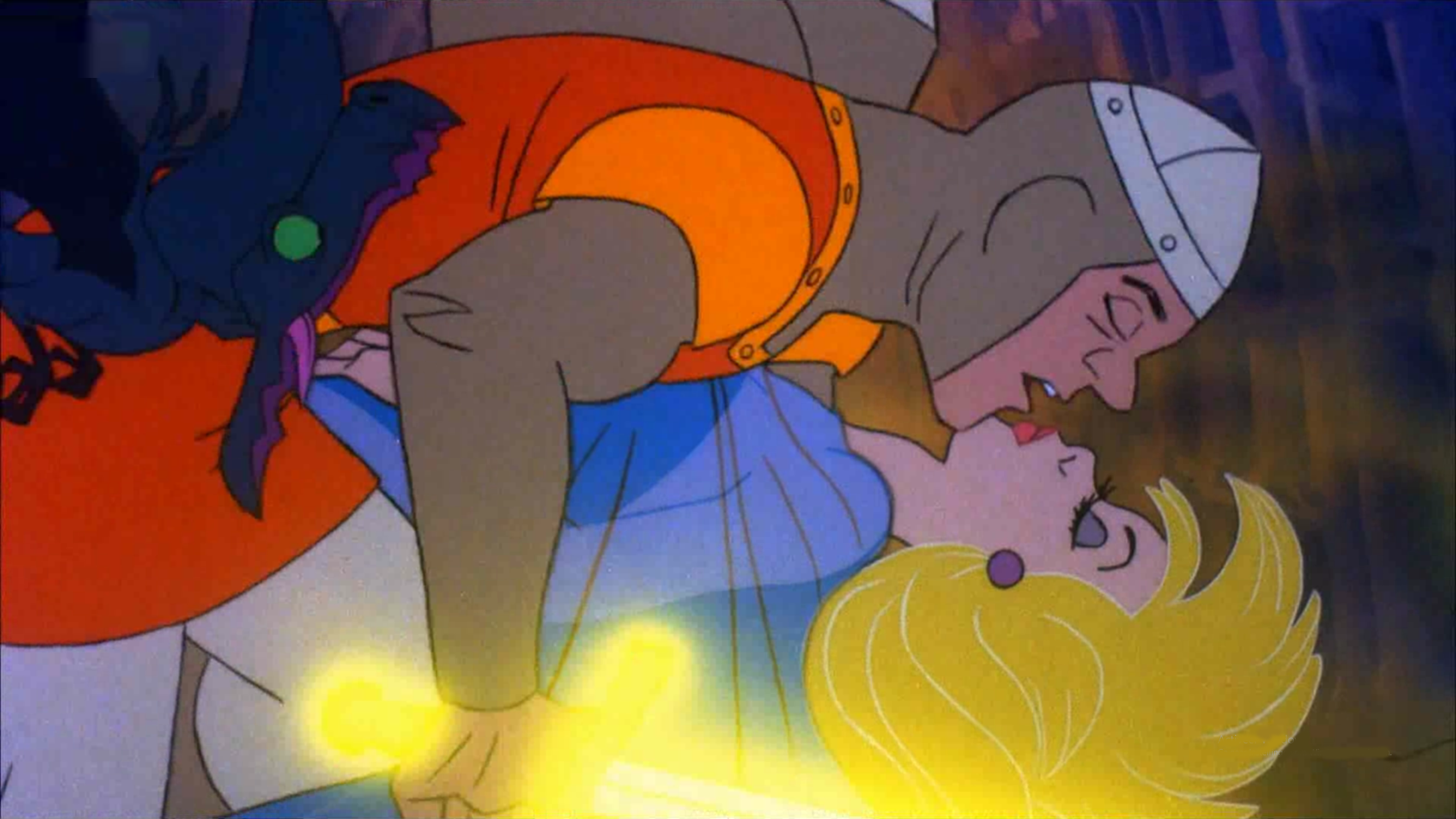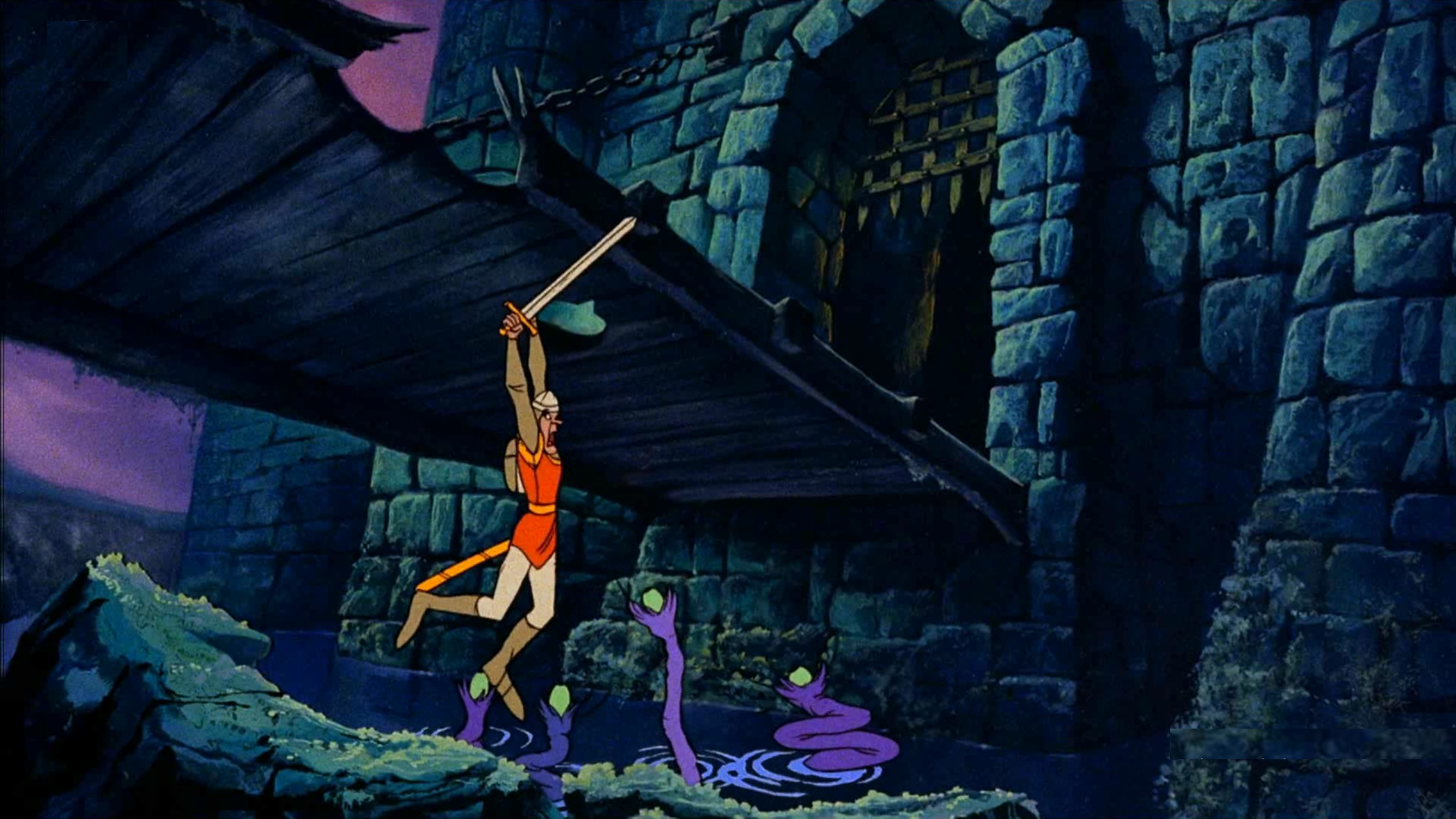Introduction
Cinematronics was an American arcade game company known for pushing technological boundaries during the late 1970s and early 1980s. Rather than relying on raster graphics like most contemporaries, Cinematronics embraced vector display technology to deliver sharp, high-contrast visuals and unique gameplay experiences. Its early work helped define what arcade innovation could look like, and its later involvement with the groundbreaking Dragon’s Lair brought cinematic storytelling to arcades on a massive scale.

Early Beginnings in Arcade Gaming
Founded in 1975 by Jim Pierce and Larry Rosenthal, Cinematronics started as a small manufacturer experimenting with vector-based hardware. The company sought to create arcade experiences that looked and felt futuristic, leveraging vector monitors to deliver crisp visuals and a distinctive aesthetic.
Key Early Releases
- Space Wars (1977): Based on the 1962 computer game Spacewar!, this two-player space combat title became one of the earliest commercial successes to use vector graphics, demonstrating Cinematronics’ unique technological vision.
- Starhawk (1977): A pseudo-3D space shooter that gave players a forward-facing perspective of enemy ships, showing off the precision possible with vector displays.
- Star Castle (1980): Famous for its rotating shield mechanic and high difficulty, Star Castle was a showcase for creative design and challenging gameplay, influencing later home console games like Atari’s Yars’ Revenge.

The Breakthrough: Dragon’s Lair (1983)
Dragon’s Lair was a revolutionary arcade game featuring full-motion laserdisc animation created by ex-Disney animator Don Bluth and developed by Rick Dyer’s Advanced Microcomputer Systems (AMS). Cinematronics’ role was to manufacture and distribute the Dragon’s Lair cabinets and hardware, helping bring this groundbreaking interactive movie experience to arcades worldwide.
Why It Stood Out
- Full-Motion Animation: Unlike traditional sprite or vector games, Dragon’s Lair presented players with movie-quality animation powered by laserdisc technology.
- Premium Experience: The high production value and interactive storytelling made it one of the first arcade games to cost 50 cents per play, double the industry standard at the time.
- Cultural Impact: By distributing Dragon’s Lair, Cinematronics helped usher in a new era of cinematic arcade experiences and sparked a wave of laserdisc-based game experimentation.

Iconic Arcade Titles
- Space Wars (1977): A two-player vector combat game that demonstrated the potential of vector hardware for fast, precise arcade action.

Star Castle (1980): A rotating-shield defense game with challenging mechanics and influence on home console development.

Dragon’s Lair (1983): A cinematic laserdisc-based experience animated by Don Bluth and developed by AMS, manufactured and distributed by Cinematronics.

Cultural Impact and Legacy
Cinematronics carved a niche in the arcade industry by embracing experimental technology. Its early vector-based titles influenced competitors and inspired a wave of hardware innovation during the late 1970s. Its partnership in distributing Dragon’s Lair proved arcades could deliver premium, story-driven experiences, changing public perception of what arcade games could be. Although financial difficulties led to Cinematronics’ acquisition by Tradewest in 1987, its contributions remain celebrated by retro gaming enthusiasts and historians.

Fun Facts
- Dragon’s Lair was one of the first arcade games to cost 50 cents per play, reflecting its premium experience.
- Cinematronics produced more than 30 games, many using unique or custom hardware uncommon among other arcade developers of the era.
- Star Castle’s unique shield mechanics directly influenced Atari’s creation of Yars’ Revenge for the Atari 2600.

Conclusion
Cinematronics played a pivotal role in shaping arcade innovation, from pioneering vector graphics to supporting one of the most iconic laserdisc games of all time. By embracing new hardware technologies and supporting ambitious projects like Dragon’s Lair, Cinematronics delivered unique arcade experiences that continue to resonate with fans today. While its life as an independent developer was short, its influence on both technology and storytelling in gaming remains undeniable.
Want to Go Deeper Into Arcade History?
If this top list left you craving more, dive into the complete stories behind some of the most iconic arcade genres and franchises. These articles explore the rise, innovation, and legacy of the games that shaped arcade culture:
- Pac-Man: The Game That Ate the World – Discover how Pac-Man became a global pop culture icon and redefined arcade gaming forever.
- Pac-Man vs. Ms. Pac-Man: 5 Key Differences Every Gamer Should Know – Compare the gameplay, design, and legacy of these two legendary maze chasers.
- The Story Behind Ms. Pac-Man: From Unauthorized Mod to Arcade Classic – Learn how a hacked Pac-Man board evolved into one of the best-selling arcade games of all time.
- Donkey Kong’s Rise to Fame: How a Desperate Bet Created a Gaming Legend – The untold story of how Nintendo turned failure into a global icon, launching Mario, Miyamoto, and a new era of arcade storytelling
- Defender: The Game That Changed Everything – How a risky bet and a radical vision helped redefine arcade design forever.


